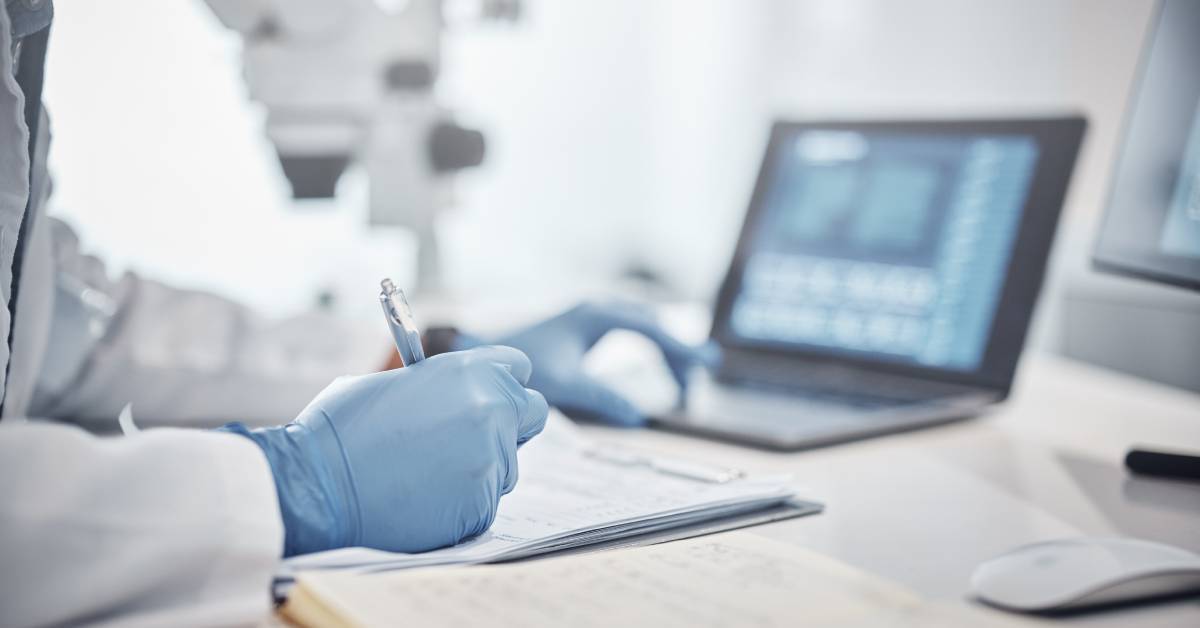Helpful Tips for Managing Your Lab Budget
Managing a lab budget can feel like a delicate balancing act. For lab managers, ensuring that the team meets research goals while keeping expenses in check is no small feat. We’re going to guide you through the intricacies of managing a lab budget by offering practical tips and strategies to help you manage your resources effectively. Whether you’re dealing with limited funding or simply looking to optimize your existing budget, this article will provide the insights you need to support your lab’s success.
Understand the Lab Budget Landscape
A lab budget encompasses everything from equipment and supplies to personnel costs and overheads. Learning about each of the components that make up a lab is incredibly important for effective financial management.
To begin, identify all potential sources of funding, such as grants, institutional support, and private investments. Each source may have its own stipulations regarding how the lab can use the funds. Knowing the specifics of funding is the first step toward crafting a sustainable budget.
A comprehensive view of the lab’s operational needs is the next step. Operational needs include routine expenses, such as utilities and maintenance, as well as unforeseen costs that may arise. Evaluate past spending patterns and forecast future needs to develop an accurate budget model that aligns with the lab’s objectives. Maintaining an open line of communication with your team about financial goals and constraints ensures that everyone works toward common targets.
Establish Attainable Financial Goals
Establishing clear financial goals is a foundational aspect of managing your budget. These goals should include short-term and long-term research objectives. Are you looking to expand your research capabilities, invest in new technology, or hire additional staff? Defining the lab’s priorities will guide how you allocate funds in the budget.
It’s equally important to set measurable, realistic expectations. Break down the financial goals into detailed, achievable milestones. For example, if the lab’s goal is to upgrade its equipment, establish a timeline for when each purchase should occur and the projected cost of the investment. This approach helps to organize the lab’s finances as well as provide a clear roadmap for achieving every objective. Regularly revisiting and adjusting your financial goals based on changing circumstances will keep the budget on track and support the success of the lab.

Prioritize Essential Lab Expenses
When it comes to lab budgeting, not all expenses are equal. Distinguishing between essential and non-essential costs is key to effective financial management. Essential expenses typically include items that are important to the lab’s day-to-day operations, such as reagents, consumables, and necessary equipment. These should always take priority in your budget.
To identify these core expenses, try conducting an audit of current spending. Decide which items are indispensable for maintaining productivity and advancing research. Once identified, allocate funds to ensure you consistently meet these necessities. It might be helpful to categorize expenses into fixed and variable costs, giving you a clearer picture of how to make adjustments without compromising critical functions.
Another important aspect is to include your team in discussions about priorities. Their firsthand experience can provide valuable insights into what is truly essential versus what could be scaled back or postponed. This collaborative approach not only strengthens budgetary decisions but also creates a sense of shared responsibility and commitment among staff members.
Build a Contingency Fund
Unforeseen circumstances are an inevitable part of running a lab. Therefore, making a contingency plan is a key component of budget management because it acts as a financial safety net to address unexpected expenses without disrupting ongoing projects.
To determine the appropriate size for your contingency fund, consider the potential risks that could impact your lab’s operations. Think about factors such as equipment failures, supply chain disruptions, and sudden changes in funding. From there, create a fixed percentage of your overall budget that you set aside for emergencies. By anticipating these risks, you can better estimate the reserve needed to mitigate their effects.
You must regularly review and update the contingency fund in response to evolving risks and operational changes. A proactive approach ensures that the lab is ready to overcome financial challenges, minimizing their impact and preserving the continuity of your research activities.
Optimize Staffing Costs
Staffing represents a big portion of every lab’s budget. To guarantee staffing costs align with budgetary constraints, conduct regular assessments of the lab’s workforce demands. This involves evaluating current staff roles, responsibilities, and performance to identify areas for adjustments.
Consider implementing flexible staffing models—such as hiring part-time or temporary employees for specific projects—to reduce overhead costs. Additionally, cross-train staff members to increase productivity so one employee can fulfill multiple roles as needed. These components will improve staffing costs and foster a dynamic, adaptable work environment.
Investing in professional development for your team is another strategy that pays off. Providing training opportunities enhances employee skills, boosts morale, and increases retention, so the lab can decrease recruitment and onboarding costs. By prioritizing the development of your existing workforce, you will create an efficient, cohesive team capable of achieving the lab’s goals.

Implement Cost-Effective Practices
Adopting cost-effective practices across lab operations is an important strategy for maximizing the budget’s impact. Start by identifying areas of improvement regarding efficiency, such as energy consumption, waste management, and resource utilization. Implementing sustainable practices is a great strategy to reduce costs and support environmental goals.
Consider investing in energy-efficient equipment and optimizing laboratory processes to minimize resource wastage. Simple measures like turning off equipment when not in use, reducing paper waste, and recycling materials can produce substantial savings over time. Additionally, explore opportunities for sharing resources and equipment with neighboring labs to further cut costs.
Reviewing and updating standard operating procedures (SOPs) to incorporate cost-effective strategies should be a common practice. Involve your team in identifying areas for improvement and encourage them to contribute ideas for increasing the lab’s operational efficiency. Fostering a culture of continuous improvement will allow the lab to achieve long-term sustainability and financial resilience.
Create a Practical Budget for Your Lab
These tips for managing a lab budget require a combination of strategic planning, informed decision-making, and collaboration. Setting clear goals, prioritizing essential expenses, building contingency funds, and implementing cost-effective practices are influential advancements that will facilitate the lab’s success.
If you need laboratory supplies that fit into your new budget and revised lab goals, Ibis Scientific has a wide selection of supplies to choose from. Find the tools that will fit your financial plan, no matter what it might look like.
Recent Posts
-
The Role of Desiccants in Protecting Hygroscopic Chemicals
Hygroscopic chemicals readily absorb moisture from the surrounding environment, leading to compromis …May 19th 2025 -
All About Pairing Containers With Corrosive Substances
Handling corrosive substances is critical in many industries, including manufacturing, pharmaceutica …May 12th 2025 -
Why Solvent Purity Is Crucial in the World of Chemistry
When producing accurate and reliable results in chemistry, solvent purity is non-negotiable. Many se …May 11th 2025




